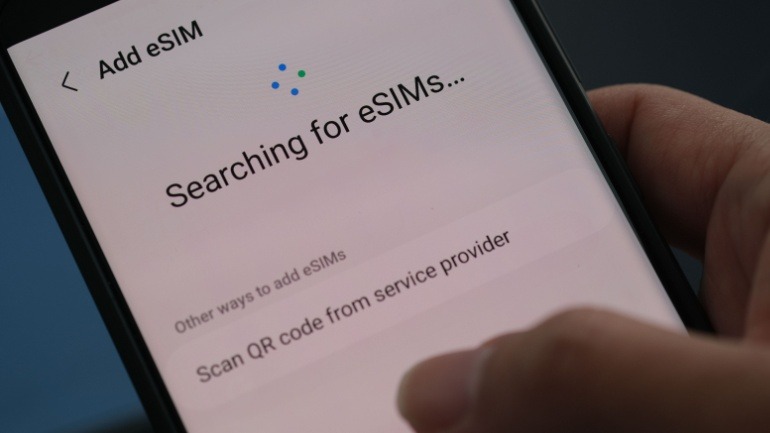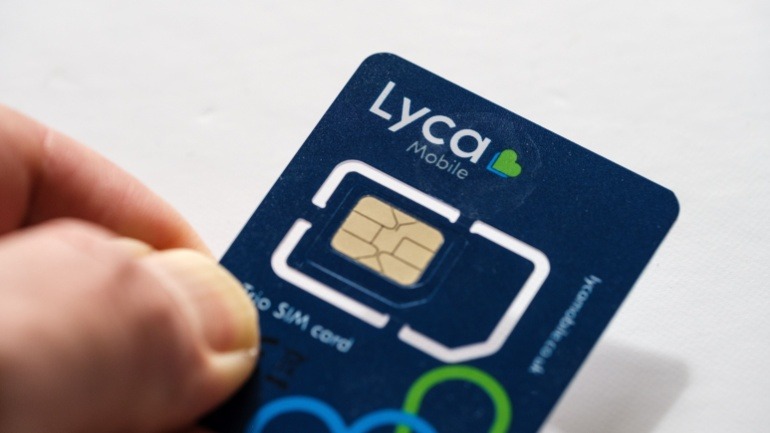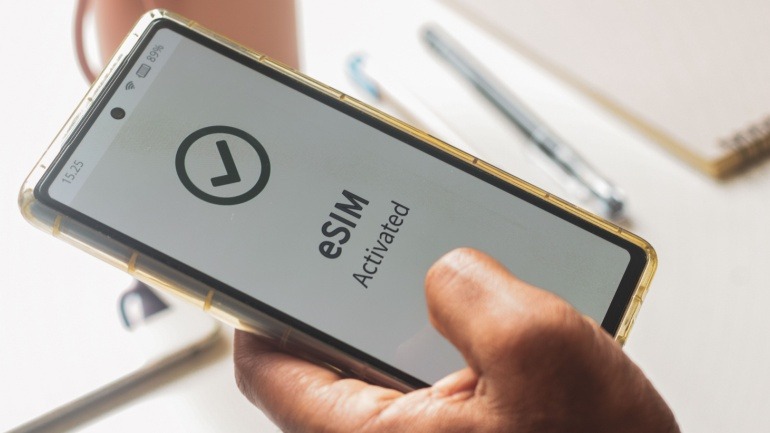Counterpoint Research foresees that by 2030, there will be nine billion cellular and IoT devices equipped with embedded or integrated SIMs (eSIMs and iSIMs). This will comprise about 70% of all shipped cellular-based devices. These projections indicate a compound annual growth rate of 22% for eSIM and iSIM devices over the next five years.
The report includes various SIM technologies: eSIM (eUICC), iSIM (iUICC), Deutsche Telekom’s nuSIM, and the GSMA’s Soft SIM software applications. The consumer installed base, mainly smartphones, will reach around 2.5 billion units by 2030, with the rest being IoT devices. This surge began with the US-exclusive eSIM-only iPhone in 2022.
“Releasing the new eSIM-only iPad highlights the shift to eSIM,” the report states. The eSIM/iSIM market is now entering “hyper growth,” according to the firm, as more original equipment manufacturers (OEMs) adopt eSIM technology. “Currently, smartphones lead in eSIM adoption. However, connected cars, gateways, routers, and drones also stand to benefit,” it adds.
Counterpoint Research also highlights that over 400 operators globally support eSIM services. iSIM-capable devices are expected to grow the fastest, with an anticipated annual growth rate of 160% between 2024 and 2030. Companies are preparing to introduce eSIM to lower-tier devices, and use cases like travel and roaming will drive short-term adoption.
Senior Analyst Ankit Malhotra noted, “These are early days for iSIM. However, we expect iSIM adoption to pick up steam in the next three years. The technology has the potential to enhance efficiency by reducing costs, size, and complexity, making it ideal for various IoT applications, from smart home devices to industrial sensors.”
The broad adoption and growth of eSIM and iSIM technology promise to revolutionize the landscape for cellular and IoT devices. As we approach 2030, the benefits of these technologies, such as ease of management and enhanced versatility, will likely make them integral to numerous consumer and industrial applications.







